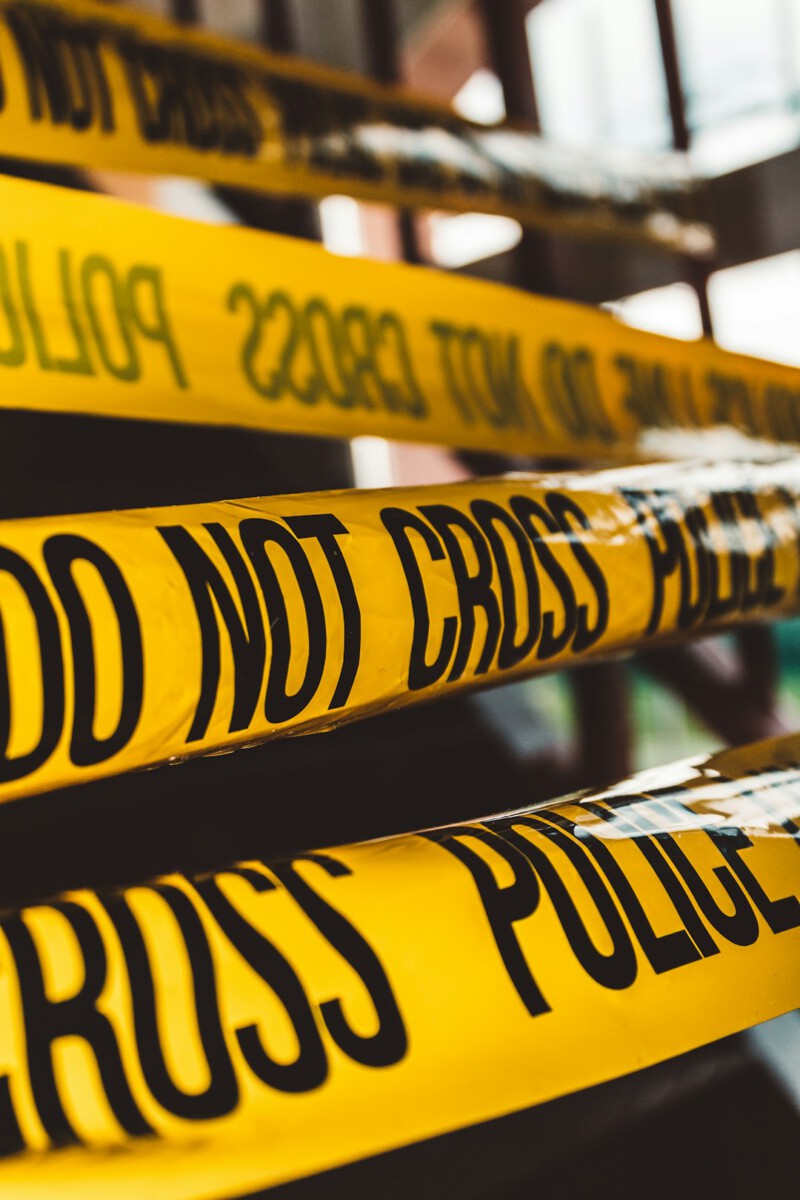The Sudden Takedown in the Sunshine State (image credits: Unsplash)
Florida – Under the relentless sun of a southern state far from California’s hills, a routine traffic stop unraveled a tale of flames that had scorched the West Coast months earlier.
The Sudden Takedown in the Sunshine State
Imagine driving down a familiar road, only to have flashing lights pull you over – that’s how it started for the suspect in this wildfire saga. Authorities nabbed 29-year-old Jonathan Rinderknecht near his Florida home, linking him directly to the chaos that engulfed Los Angeles back in January. It’s the kind of twist that turns a local bust into national headlines.
What began as a simple stop quickly escalated when investigators pieced together digital breadcrumbs leading back to the Golden State. Rinderknecht, once an Uber driver shuttling passengers in LA, now faces federal charges that could keep him behind bars for decades. The arrest came nine months after the fire’s fury, a reminder that justice can simmer before it boils over.
This development has reignited discussions about arson’s role in wildfires, especially in fire-prone areas like Southern California.
Unpacking the Suspect’s Background
Rinderknecht wasn’t just any passerby; he had roots in the very region he allegedly targeted. Living in Florida at the time of his arrest, the 29-year-old had previously worked as an Uber driver in the Los Angeles area, giving him intimate knowledge of the terrain. Friends and acquaintances described him as unassuming, but authorities paint a different picture of calculated intent.
Diving into his past reveals a man who moved between states, perhaps seeking new starts, but now entangled in a web of destruction. His daily life shuttling riders might have seemed ordinary, yet it positioned him perfectly to know where a small spark could ignite big trouble. It’s a stark contrast – from everyday gigs to accusations of malice.
The Palisades Fire’s Path of Devastation
January 7 marked the day a seemingly minor brush fire exploded into the Palisades nightmare, merging with the Eaton Fire to claim at least 31 lives across the region. Pacific Palisades, that upscale coastal enclave with its ocean views and manicured homes, turned into a hellscape overnight. Over 6,800 structures vanished in the blaze, leaving families homeless and the city reeling.
The fire raged for weeks, fueled by dry winds and parched landscapes, scorching thousands of acres. It wasn’t just property lost; the emotional toll lingers in evacuation stories and rebuilt dreams. For residents, the smoke-filled skies became a haunting memory, symbolizing vulnerability in paradise.
- January 7: Initial ignition in Woodland Hills area.
- Days 1-3: Fire spreads rapidly toward Pacific Palisades.
- Weeks later: Containment efforts wrap up after massive damage.
- October 2025: Arrest ties it all back to arson.
Digital Clues That Cracked the Case
Investigators didn’t rely on eyewitnesses alone; they turned to the suspect’s own devices for the smoking gun – or in this case, the smoldering evidence. Searches uncovered attempts to erase tracks, but not before key files surfaced, including an AI-generated image of a burning city eerily similar to the real devastation. It’s like the digital world handed them a confession on a platter.
Federal agents coordinated across states, sifting through phones and computers that painted a timeline of premeditation. Rinderknecht’s efforts to cover up only deepened the case against him, showing a pattern of deliberate action. This tech-driven breakthrough highlights how modern forensics can bridge distances in crimes like arson.
Without these traces, the fire’s origin might have stayed a mystery, chalked up to natural causes.
Facing the Flames of Justice
Charged with destruction of property by fire and related counts, Rinderknecht could face up to 20 years if convicted in federal court. The U.S. Justice Department moved swiftly after the Florida arrest, emphasizing the severity of wildfires started by human hands. It’s not just punishment; it’s about deterring others from playing with matches in dry seasons.
Prosecutors will likely highlight the human cost – the 12 direct deaths in Palisades alone – to underscore the charges. As the case heads to trial, questions swirl about motives, from personal grudges to deeper issues. Either way, the legal battle promises to keep this story in the spotlight.
Lessons from the Ashes for Wildfire Prevention
This arrest shines a light on arson’s hidden threat amid climate debates, reminding us that not every blaze stems from drought or winds alone. Communities in fire zones are ramping up surveillance and education to spot suspicious activity early. It’s a call to action for better resources in patrolling vulnerable spots.
Experts point to this as a pivot point for policy, urging tougher penalties and tech investments in detection. For LA residents, it’s bittersweet – closure on the cause, but scars that time alone can heal.
| Fire Impact | Details |
|---|---|
| Lives Lost | At least 31 (combined fires) |
| Structures Destroyed | Over 6,800 |
| Areas Affected | Pacific Palisades and beyond |
Key Takeaways
- Arson investigations rely heavily on digital evidence in today’s world.
- Wildfires like Palisades blend human error with environmental risks.
- Swift arrests can bring accountability, but prevention starts with awareness.
In the end, this story underscores how one person’s spark can ignite widespread ruin, but catching them offers a measure of hope for safer tomorrows. What do you think about the role of technology in solving these cases? Tell us in the comments.








